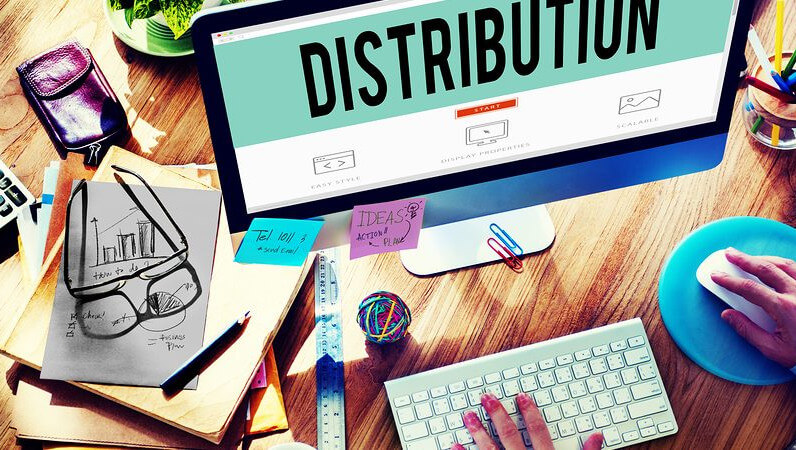
A distribution strategy refers to the methods and channels a company uses to deliver its products or services from the point of production to the end consumer. The overarching goal is to move inventory as efficiently as possible while delivering the best possible customer experience.
NB: This is an article from EHL Insights
Subscribe to our weekly newsletter and stay up to date
Distribution strategies encompass the channels, outlets, and intermediaries utilized to physically transport goods along the supply chain. They also incorporate digital components like e-commerce platforms where transactions occur.
An effective distribution strategy aligns with a company’s target audience, business model, product offerings, and growth objectives. It encompasses every touchpoint along the path to purchase – how inventory gets stored, processed, transported, tracked, and sold.
In 2022, global spend on distribution services reached over $2 trillion, highlighting the massive scale and importance of optimizing distribution operations.
Why is a distribution strategy important?
There are several key reasons why defining and optimizing your distribution strategy is essential:
- Increased efficiency and cost savings: The right distribution model minimizes unnecessary steps in the supply chain, eliminates waste, and consolidates processes for significant cost savings. Efficient routes and channels allow businesses to get products to market faster. Inventory tracking provides visibility to optimize production schedules. Shared distribution centers with partners streamline operations.
- Improved customer experience: Seamless omni-channel distribution creates a unified brand experience for customers across all touchpoints, whether online or offline. Fast, reliable fulfillment with transparent tracking improves satisfaction. Options for in-store pickup or returns enhance convenience.
- Expanded market reach & revenue growth: Unique distribution strategies help businesses access new geographical territories, demographics, and partnerships. Multi-channel distribution provides more opportunities to promote products and generate sales across different platforms. The resulting boost in market share directly translates to higher revenues.
Well-designed distribution strategies that align with customer preferences and business capabilities drive key benefits for organizations not limited to those listed above.
What’s new in distribution strategies?
Several evolving factors now shape distribution strategies, including:
- Rise of e-commerce and omnichannel retail: Online shopping continues its meteoric rise, with e-commerce sales expected to reach $7.4 trillion globally by 2025, representing nearly 22% of total retail sales according to Statista.
Leading omnichannel retailers seamlessly integrate online and brick-and-mortar channels to give customers ultimate choice and convenience. Many purely digital brands also now open physical locations to create immersive branded experiences.
- Sustainability priorities: Consumers and governments alike prioritize sustainability, from eco-friendly shipping materials to reduced carbon emissions. Brands increasingly track and report on sustainability metrics while optimizing logistics for green operations.
- Advanced supply chain technology: Innovations like blockchain, AI, robotics, and self-driving vehicles enable unprecedented supply chain transparency, efficiency, and flexibility.
- Faster fulfillment: Customer expectations for rapid delivery rise by the day. Cutting-edge companies implement systems for one-day, same-day, or even one-hour shipping by leveraging distribution centers in urban areas.




